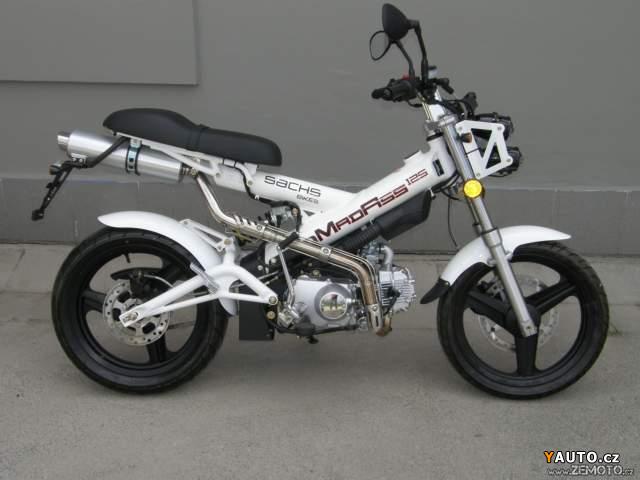So, I'm building a bike for my own school. There are some challenges that needs to be dealt with, I hope you can help me with some input.
1. The bike needs to be unisex.
2. The motor needs to output 100Nm without saturating, up to 45km/h (37mph). I was initially thinking HS3540, but I don't like how the nipples connect to the rim. Maybe the crown?
3. Good front shock. Dampening suitable for city driving, while still fullfilling nr1.
4. Front brakes. V-brakes or disc brakes? I have only bad experiences with disc brakes so far, but then again - I haven't had a proper disc setup.
5. Rear brakes. Disc brakes mounted to the motor.
6. Gear system and pedals. I hope to go for lesser gears, and pedals - any things to think about wrt nr 1?
As for other spesifications:
Battery: 1500Whrs, ~50V. Triangular inframe pack.
Inverter: built by me, maximum of 110Arms phase currents.
I'm somewhat experienced with electronics, battery, inverters and motors - but not so much with bikes. Any tips is therefore appreciated
1. The bike needs to be unisex.
2. The motor needs to output 100Nm without saturating, up to 45km/h (37mph). I was initially thinking HS3540, but I don't like how the nipples connect to the rim. Maybe the crown?
3. Good front shock. Dampening suitable for city driving, while still fullfilling nr1.
4. Front brakes. V-brakes or disc brakes? I have only bad experiences with disc brakes so far, but then again - I haven't had a proper disc setup.
5. Rear brakes. Disc brakes mounted to the motor.
6. Gear system and pedals. I hope to go for lesser gears, and pedals - any things to think about wrt nr 1?
As for other spesifications:
Battery: 1500Whrs, ~50V. Triangular inframe pack.
Inverter: built by me, maximum of 110Arms phase currents.
I'm somewhat experienced with electronics, battery, inverters and motors - but not so much with bikes. Any tips is therefore appreciated




